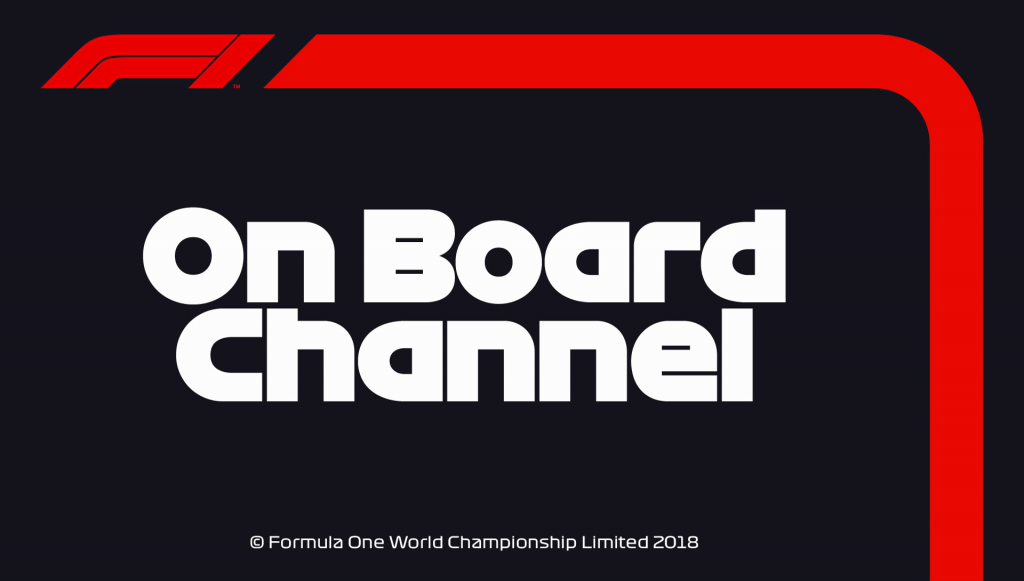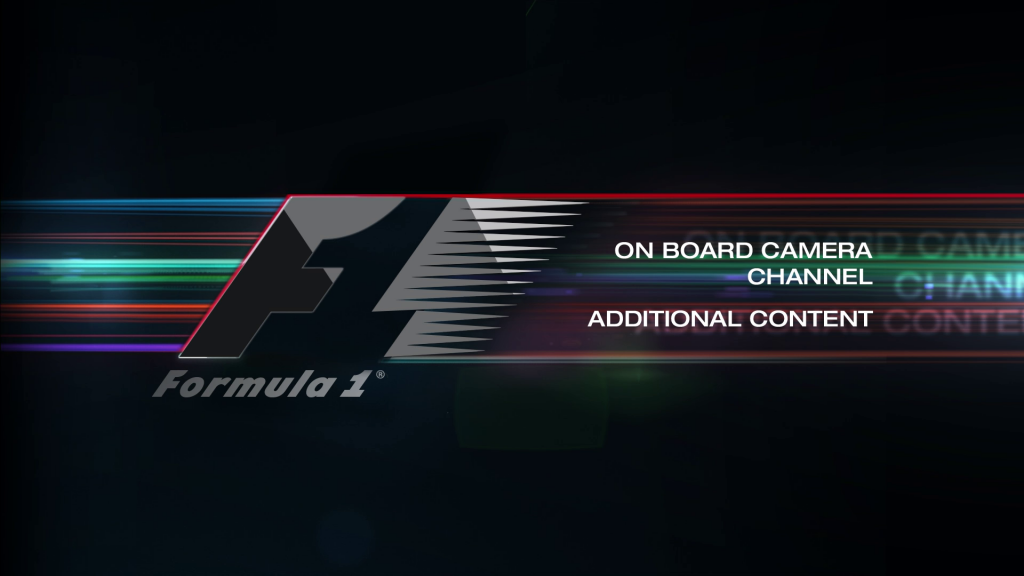2018

- 360° cameras were fitted to the top of the nose on each car. However their footage cannot be played out live, instead it is retrieved and used after the race, in highlights/compilation/analysis videos.
- F1 TV was launched, offering dedicated on-board feeds for each car (albeit without any on-screen telemetry). Each driver’s feed cycles through the various cameras mounted on the car during the course of the session.
- As a result, the On-board Mix channel is not offered by F1 TV, but is still offered by Pay TV broadcasters around the world, such as Sky Sports across Europe. It occasionally will show an exclusive angle not shown as part of the dedicated on-board feeds for each car.
2016-2018

- After trials in 2015, the cameras on each car were upgraded to HD.
- From 2016, the maximum amount of on-board camera feeds that were transmitted simultaneously was upgraded to 26, from a previous limit of 9 (from the 2009 season).
2012-2015
- With Sky Sports in the UK gaining the rights to show F1, they also made the On-board Mix available to their customers. As well as this, they also offered up to 4 extra dedicated on-board feeds for various drivers on the grid.
2009-2011
- From 2009, the maximum amount of on-board camera feeds that were transmitted simultaneously was upgraded to 9, from a previous limit of 4.
- Over the course of 2009, the cameras on each car were gradually upgraded with improved models that produced a native 16:9 widescreen image, along with an improved colour palette. This resulted in sharper on-board pictures with less washed-out colours.
- The On-board Mix channel now incorporated live telemetry (Throttle, Brake, Rev Counter, KERS/DRS & Gear) – however the individual dedicated on-board feeds remained with no telemetry.
- With Sky Deutschland (formerly Premiere) regaining the rights to show F1 in 2010/11, they once again offered the On-board Mix to their customers, along with dedicated on-boards for each of the 2 Mercedes Drivers
- With the return of F1 rights in the UK to the BBC, they also made the On-board Mix available to their viewers.
2007-2008
- In 2007, F1’s TV package switched full-time to 16:9 widescreen broadcasting. The cameras however remained producing a 4:3 image, and so were cropped or zoomed-in to 16:9 – meaning the picture was slightly softer than before.
- Premiere continued to offer the On-board Mix for their customers to watch.
- From time to time, Sky Italy offered a dedicated on-board channel switching between the two Ferrari cars, for their customers to watch.
2003-2007
- With the closure of F1 Digital+ at the end of 2002, the “Digital” & “Analogue” On-board Mixes were unified, making the full complement of On-board footage available to be played into the World Feed by the host broadcaster.
- Premiere, a German Pay-Per-View F1 broadcaster (now Sky Deutschland) uniquely continued to make the On-board Mix available as a dedicated channel in its own right for their customers to watch.
- Premiere also made a dedicated on-board feed for Michael Schumacher available for their customers to watch.
1996-2002
- With the launch of F1 Digital+, an expanded On-board Mix channel was produced featuring footage from a wider selection of cars. This was made available as a dedicate channel in its own right, for F1 Digital+ broadcasters to make available for their customers to watch.
- As a result, the “analogue” world feed produced by the Host Broadcaster was given a greatly reduced subset of the On-board Mix to play out, showing footage from far less cars.
1994-1996
- Since at least 1994 (and possibly earlier), FOM have produced an “On-board Mix” feed, which cycles through various on-board cameras throughout the race. Originally only 4 cameras could be transmitting at any one time. Footage from this feed could be played into the World Feed by the host broadcaster whenever they wished to show an on-board shot live.